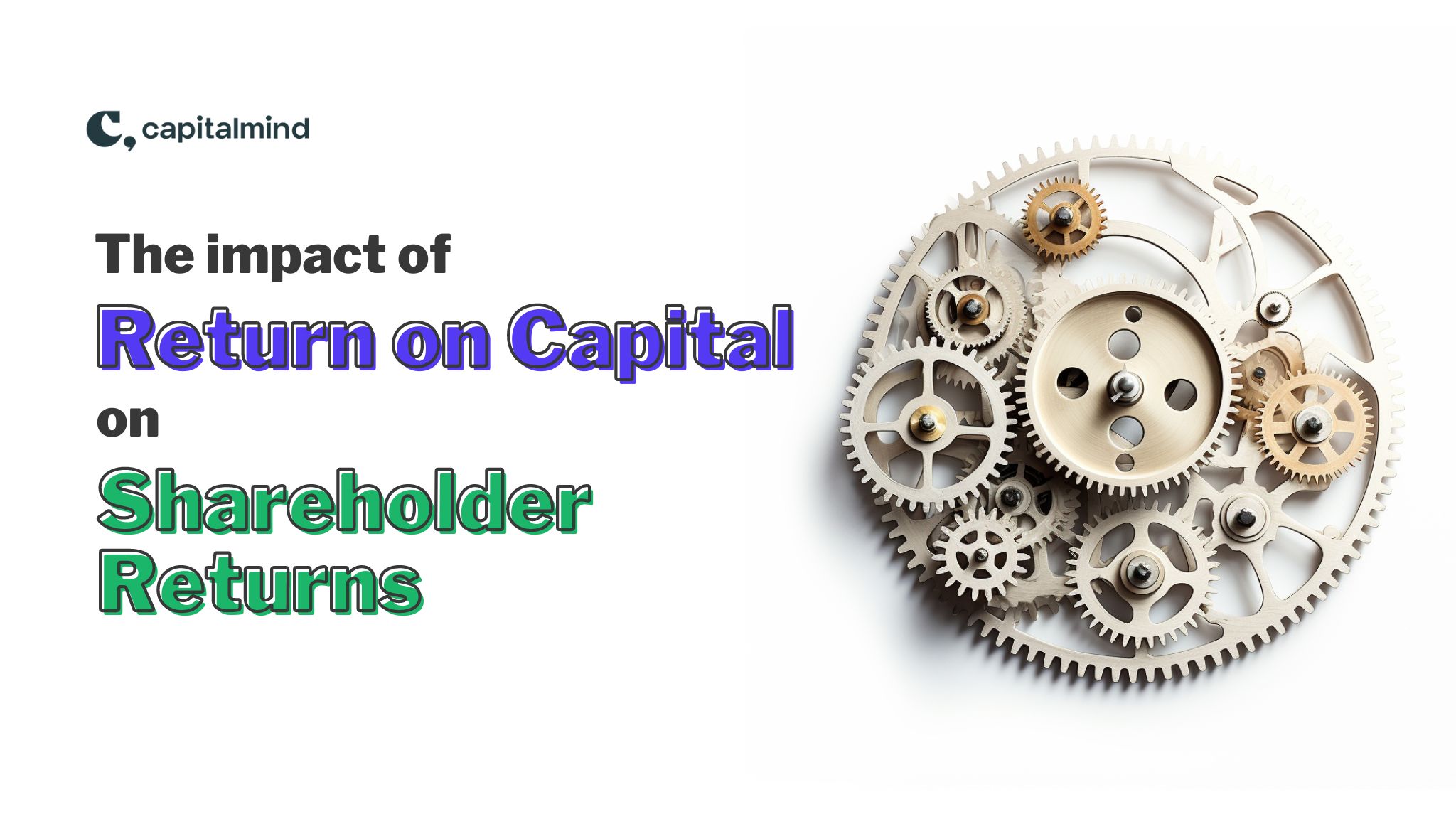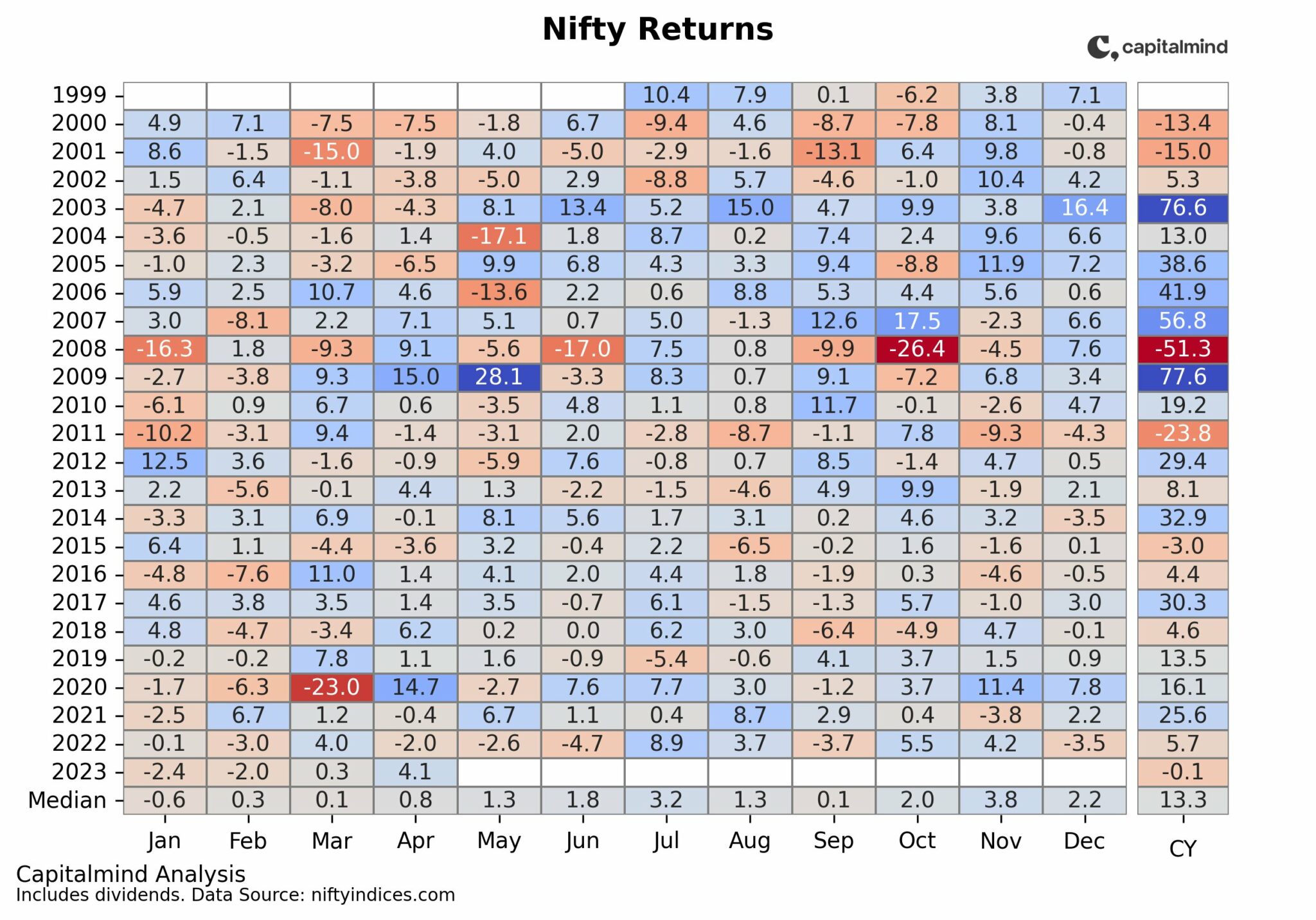India’s markets are now dominated by individual investors, who now form 45% of trading turnover on the stock exchange. Data from India’s largest exchange, the NSE, says that Individual investors have slowly moved up from a 33% market share since 2016, to 45% in 2021.
Note: I use the word “Retail or individual” for anyone that isn’t an institution, proprietary shop, bank, insurer, mutual fund, corporate or foreign institution. Meaning: High Net Worth Individuals are part of this definition.
Stock Market Trading Ruled by Retail Investors (45%)
 Remember, this is only the stock market’s equity division – where you buy and sell stocks. Not derivatives.
Remember, this is only the stock market’s equity division – where you buy and sell stocks. Not derivatives.
Foreign investors are only 11% of total trading volume now. Their market share has come down by half since 2016.
Domestic institutions (DII) are now only 7% of the market – a minuscule amount.
Proprietary traders – typically internal trading arms of brokerage firms – are 25% .
But nothing comes close to the 45% volume marketshare of retail individual investors. This is by turnover, and that means if average volumes on the exchange are Rs. 60,000 cr. then nearly half of that is traded by retail investors.
Basically, most of the trading you see – the intraday moves, the sharp rises etc. which we attribute to mutual funds or foreign players, it’s mostly the retail trader that moves the market.
Retail rules the Index Futures Market Too!
India’s index futures (largely the Nifty and Bank Nifty) are a very large part of the derivatives market. Here, too, the individual investor is much larger than the institutions:
39% of the index futures market is entirely traded by retail investors. Foreign investors (FIIs) are only 15%, while domestic mutual funds are just 1%.
Prop trading accounts for about 29% which has been quite steady the last few years.
World’s Largest Index Options Market: Retail Investors Rise
The NSE in India is the world’s largest Index options market by number of contracts. And inside that, whether you look at notional turnover or by premium, you see that:
- Prop trading was 50%+ of the market in 2016, which is now only 40%
- Retail investors have reached 30% from about 22% in the past
- Foreign institutions are only 16% of this market.
- Domestic institutions are outside the market hoping someone will give them a ticket
Lockdown Blues: Even Interest Rate Futures
Perhaps it was the lockdowns that did it, but individual investors have made a big leap into the bond futures market too:

Is this why markets are going up?
So much money. So little that you can do. No travel, no hotels, no restaurants. The money has to go somewhere, so it finds stocks. Is that what made the marketshare bump up to 45%?
Oh, it’s similar in the US, with apparently 25% of the market going to retail, from just 10% earlier. (Source)
If markets are going up, then it’s not the institutional demand that’s driving it. It’s people like you and me.
Big Money is Retail. Smart Money is Foreign Institutions
For all their trading, retail investors have actually reduced their ownership of the overall market capitalization of the exchanges.
If you look at non promoter holdings (“floating stock”) of the market, then foreign investors own 43% of the floating market capitalization.
Retail investors have been around 18%. Mutual funds have slightly increased their market share to 14%.
Now check out the marketshare, promoters included:
And the smartest seem to be the promoters themselves. From 2001, they’ve gone up to owning 50% of the overall market capitalization of the stock exchanges:
But closely watch the green line.
That’s FIIs. They started 2001 with under 10% of total ownership. Now they own 21%.
Retail investors, on the other hand, had 18%, which is now fallen to 9%.
The smart money is with the Foreign Institutions. Collectivly they now own around half of the free float of all Indian companies. Retail on the other hand has continuously sold stake to end up owning around 9% now.
Even domestic banks and mutual funds haven’t taken on more marketshare in the last 20 years.
The trading seems to be all retail. The investment and “holding” seems to be with foreign institutions.
Considering the market has gone up probably 15x in the last 20 years, it seems that the person that held is the person that made the most of it. Foreign investors are the real “smart” money.
Lesson to learn: It might be better to own and hold the top companies in India. Eventually that’s what an index fund does, so it’s perhaps a useful gameplan to hold such a fund for the next 20 years.
But it’s also important to note that some of the biggest investors in India own stocks in personal names: Vijay Kedia, Rakesh Jhunjhunwala, etc. These investors are bigger than many mutual funds, and they remain a formidable force.
Side note: Why is HNI being equated to a retail investor?
The idea is simple. Is the market run by people betting their own money, or other people’s money? Institutions like Mutual Funds, Insurers and foreign institutions, pool money from other investors and invest them, and most have no taxes on the selling. (FIIs are an exception)
Individuals and HNIs and even corporates bet their own money. They tend to be far more aggressive (and can take far more leverage) than institutions can. Plus, they have another advantage – they can sell one share and buy another on the same day, where institutions like mutual funds have to wait for a T+2 settlement on their sells to reflect in their bank before they buy. Agreed, there’s some level of informal agreement based fund management but by and large, people are aware they will lose their money in their own accounts.
This concept – of the skin in the game – is actually not quite working the way it should. Individuals have 100% skin in the game. Yet, they choose not to hold longer term, and increase their ownership of the market – even if they are trading at 4x the volumes of foreign investors. It’s time to reflect.
This article is for information only, and should not be considered as a recommendation to buy or sell any stocks. Stocks discussed might be part of Capitalmind Portfolios
For immediate access to probably the best platform in India for active investors, join Capitalmind Premium: Model Portfolios, Premium Research, and a vibrant member community.
For any questions, tweet / DM us on twitter or email us at premium [at] capitalmind [dot] in.








